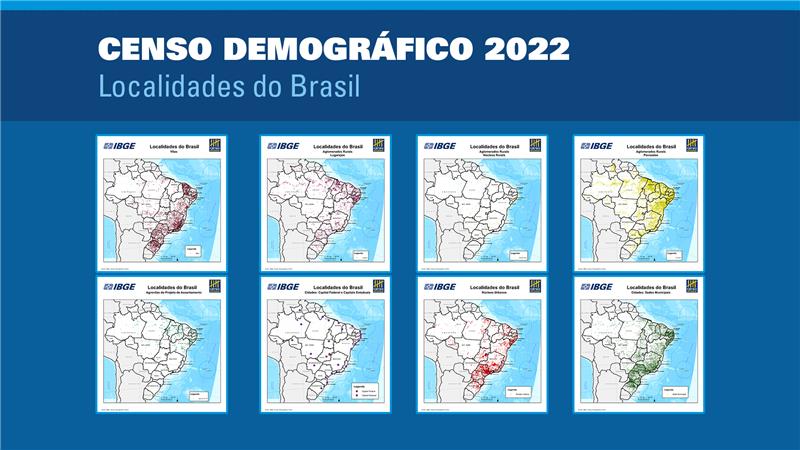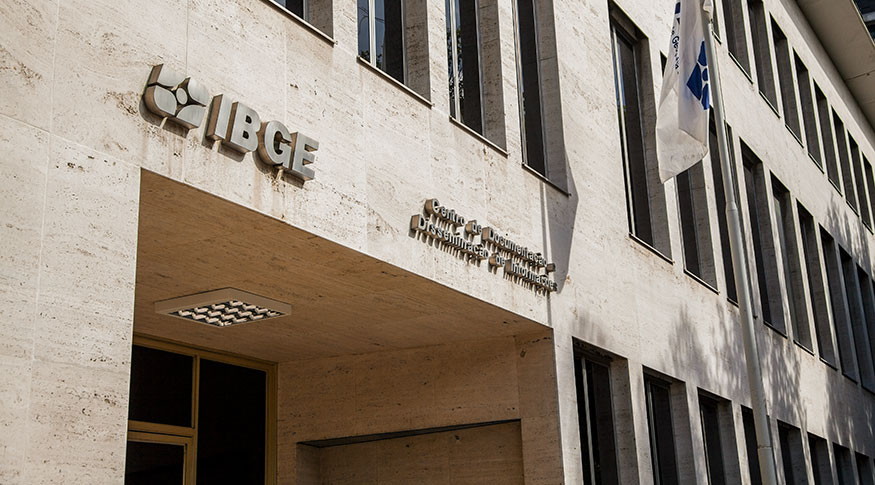Continuous PNAD
Central-West and Southeast lead decrease of unemployment rate in the country in Q2
August 31, 2021 09h00 AM | Last Updated: September 03, 2021 02h55 PM
Highlights
- In the Southeast Region, unemployment rate went from 15.2%, in Q1, to 14.5%. In the Central West, it changed from 12.5% to 11.6%. Both Major Regions had an impact on the decrease of national unemployment rate, which was was 14.1%.
- In São Paulo, unemployment rate amounted to 14,4%, whereas, in Rio de Janeiro, it fell to 18.0%.
- In Pernambuco, unemployment rate reached 21.6%, a record in the time series of the state.
- Informality rate in the North (56.4%) and Northeast (53.9%) was above the national average, of 40.6%.
- The 15 highest underutilization rates were recorded by states in the North and Northeast. Piauí accounted for the lowest rate (46.6%).

Unemployment rate fell to 14.1%, in the second quarter of 2021, mainly due to the reduction of unemployment in the Southeast and in the Central West. Results for the other Major Regions were leveled off in the period. In the Southeast, unemployment rate changed from 15.2%, in the first semester, to 14.5%, whereas in the Central West the indicator fell from 12.5% to 11.6%. These data can be found in the Continuous National Household Sample Survey - Continuous PNAD, released today (31) by the IBGE.
“In the Central West, the decrease of unemployment rate was due to the retraction of 6.7% in the number of persons looking for a job in the Major Region. In the Southeast that decrease was mainly due to the significant increase of the employed population, that is, more persons were working then than há um quantitativo maior de pessoas trabalhando do que havin the previous quarter, says Adriana Beringuy.
In São Paulo, the employed population increased by 478 thousand persons. As a result, the employment population ratio in the state reached 52.7%, the highest since the start of the pandemic in Q1 last year (58.0%). In Rio de Janeiro, unemployment rate fell by 1.5 percentage points against the first quarter o and reached 18.0%. The employed population in the state increased 7.2% in this period.
On the other hand, none of the ten states with highest unemployment rates in the country were in the North and Northeast. In Pernambuco, the indicator increased 6.5 percentage points in relation to the same quarter a year before, and reached 21.6%, a recorde in the time series, which started in 2012, and the highest rate among Federation Units. Against the first quarter this year, unemployment rate and number of employed and unemployed persons were unchanged.
Among the 3.2 million persons employed in the state, 33.9% were self-employed workers.. Also, informality rate reached 51.4%, in the second semester and almost half of the population at working age in the state was out of the workforce. These are 3.7 million persons above the age of 14 who are neither employed nor looking for a job.
Informality rate in the Northeast Region (56.4%) and in the Northeast Region (53.9%) was also above the national average of 40.6%. Ms. Beringuy explains that the labor market in both Major Regions is marked by the great percentage of informal workers, a group formed by workers without a formal contract (including domestic workers), self-employed workers, workers without a CNPJ register and auxiliary family workers.
“The states in the North and Northeast have, historically, the highest unemployment, informality and underutilization rates in workforce. Although there are occasional decreases in figures, they depart from very high estimates and causes these Major Regions to remain as as market indicators of more unfavorable labor markets.
In the second quarter, the employed population in the country amounted to 87.8 million persons and was formed by 65.1% of employees, 4.3% of employers, 28.3% of self-employed workers and 2.3% of auxiliary family workers. In the North (34.3%) and in the Northeast, the percentage of self-employed workers exceeed that of other Major Regions. Both Major Regions also had a smaller percentage of workers with a formal contract in the private sector in relation to the national average (75.1%). In the North, the figure was 60.1% and in the Northeast, 58.4%.
“All the Major Regions had a trend to incease of informality in the second quarter. In the analysis by activity, there is expansion of employment in construction, for instance, in which there is great participation of informal workers. the same takes place in domestic work, a category where most workers do not have a formal contract,” Ms. Beringhy says.
In the North Region the biggest increase of employment in percentage terms took place in the activity Other services, which encompasses, among others, activities of professionals such as hairdresser’s and beauticians. In the Northeast, the main increaases in employment came from Lodging and feeding (16.3%) and Agriculture (6.2%). In the Southeast, there was an increase by 5.4% in the activity of Information, communicatiom and financial, real estate, professional and administrative activities.
Piauí has highest underutilization rate among all Federation Units
The compound labor underutilization rate – which gathers the unemployed, time-related underemployed and the potential workforce – was 28.6% in Q2, which amounts to 32.2 million persons. In the North, the rate was 32.4% and in the Northeast, 41.7%. The other results were below the national average: 25.6% in the Southeast; 20.9% in the Central West and 16.4% in the South.
Among the Federation Units, the highest underutilization rate was that of Piauí, which reached 46.6%, followed by Maranhão (46.3%) and Sergipe (44.1%). The 15 highest rates of this indicatorn were from states in the North or Northeast. The lowest rates were those of Rio Grande do Sul (17.7%), Mato Grosso (15.0%) and Santa Catarina (10.6%).
Santa Catarina também é o estado com menor taxa de informalidade (26,9%), menor taxa de desocupação (5,8%) e maior percentual de trabalhadores com carteira no setor privado (90%).
Employment population ratio increases among blacks and browns
Employment population ration recorded an increase mainly among black persons, whose estimate went from 49.4% to 51.5% (2.1 percentage points). Among whites (50.9%) and browns (47.7%), increase was of 1.1 and 1.0 percentage points, respectively.
Unemployment rate among white persons (11.7%) was below the national average, whereas among blacks (16.6%) and browns (16.1%) it was above.
More about the survey
Continuous PNAD is the main instrument to monitor the workforce in Brazil. The sample of the survey per quarter corresponds to 211 thousand households in Brazil. Nearly two thousand interviewers work in the survey in 26 states and in the Federal District, integrated into the data collection network of more than 500 IBGE branches. Tables with complete results are available at Sidra.
Since March last year, data collection has been carried out through telephone only, due to the pandemic. Since July 5th this year, data has no longer beencollected remotely, but also face to face, according Ordinance no 207/2021 of the Presidency of the IBGE, which made more flexible the conduction of some essential activities.

















